Integrated street light pole technical parameters
Integrated Street Light Pole Technical Parameters
Introduction to Integrated Street Light Poles
Integrated street light poles are the backbone of modern urban lighting systems. They not only illuminate our streets but also incorporate various technologies that enhance safety, efficiency, and sustainability. Understanding the technical parameters of these poles is crucial for city planners, engineers, and anyone interested in urban development. Let’s break down the essential technical specifications that make integrated street light poles a vital part of our infrastructure.
Key Technical Parameters
When it comes to integrated street light poles, several key technical parameters define their performance and suitability for different environments.
Height of the Pole
The height of the pole is a critical factor that affects the distribution of light. Typically, integrated street light poles range from 3 to 12 meters, depending on the application. For instance, residential areas may require shorter poles, while highways and major roads benefit from taller poles to ensure adequate illumination.
Material Composition
The materials used in the construction of street light poles significantly impact their durability and maintenance. Common materials include:
Aluminum: Lightweight and resistant to corrosion, making it ideal for various climates.
Steel: Offers strength and durability, often galvanized to prevent rust.
Fiberglass: Lightweight and resistant to environmental factors, though less common.
Choosing the right material is essential for ensuring longevity and performance.
Lighting Source
Integrated street light poles typically utilize LED technology due to its energy efficiency and long lifespan. LEDs can last up to 25,000 hours, significantly reducing the need for replacements. Additionally, they provide better illumination quality compared to traditional lighting sources, enhancing visibility and safety.
Power Supply Options
Power supply options for integrated street light poles can vary. Common configurations include:
Grid Power: Standard electricity supply, suitable for urban areas.
Solar Power: Increasingly popular for remote or off-grid locations, solar-powered lights reduce reliance on traditional energy sources.
Hybrid Systems: Combining both grid and solar power for flexibility and reliability.
Control Systems
Modern integrated street light poles often come equipped with advanced control systems. These can include:
Dimming Controls: Adjusting brightness based on time of day or traffic conditions.
Motion Sensors: Activating lights when movement is detected, conserving energy during low-traffic periods.
Remote Monitoring: Allowing for real-time data collection and management, enhancing operational efficiency.
Photometric Performance
Photometric performance refers to how well the light pole distributes light across an area. Key metrics include:
Proper photometric design is essential for maximizing safety and visibility.
Wind Load Resistance
Street light poles must be designed to withstand various environmental conditions, including wind loads. The wind load resistance is determined by factors such as pole height, material, and design. Engineers must consider local weather patterns to ensure the poles remain stable and functional.
Additional Features
Integrated street light poles often come with additional features that enhance their functionality and appeal.
Smart Technology Integration
Many modern poles incorporate smart technology, allowing for features like:
Traffic Monitoring: Collecting data on vehicle and pedestrian traffic.
Environmental Sensors: Monitoring air quality and weather conditions.
Wi-Fi Hotspots: Providing internet access in public spaces.
These features contribute to smarter, more connected cities.
Environmental Considerations
Sustainability is a growing concern in urban planning. Integrated street light poles can be designed with eco-friendly materials and energy-efficient technologies, reducing their environmental impact. Additionally, solar-powered options further enhance sustainability by utilizing renewable energy sources.
Installation and Maintenance
Proper installation and maintenance are crucial for the longevity and performance of integrated street light poles.
Installation Guidelines
Installation should follow local regulations and best practices to ensure safety and functionality. Factors to consider include:
Maintenance Requirements
Regular maintenance is essential to keep integrated street light poles in good working condition. This includes:
Routine Inspections: Checking for damage or wear.
Cleaning: Ensuring lenses are clear for optimal light output.
Component Replacement: Timely replacement of bulbs or other components as needed.
Conclusion
Integrated street light poles are a vital component of modern urban infrastructure, offering numerous technical advantages that enhance safety, efficiency, and sustainability. By understanding their technical parameters, we can make informed decisions about their implementation and maintenance, ultimately contributing to smarter and safer cities.
FAQs
What is an integrated street light pole?
An integrated street light pole combines lighting fixtures with advanced technologies for improved efficiency and safety in urban areas.
What materials are used for street light poles?
Common materials include aluminum, steel, and fiberglass, each offering different benefits in terms of durability and maintenance.
How long do LED lights in street poles last?
LED lights can last up to 25,000 hours, significantly reducing the need for frequent replacements.
What are the benefits of solar-powered street lights?
Solar-powered street lights reduce reliance on grid electricity, making them ideal for remote areas and promoting sustainability.
How often should street light poles be maintained?
Regular inspections and maintenance should be conducted at least once a year to ensure optimal performance and safety.
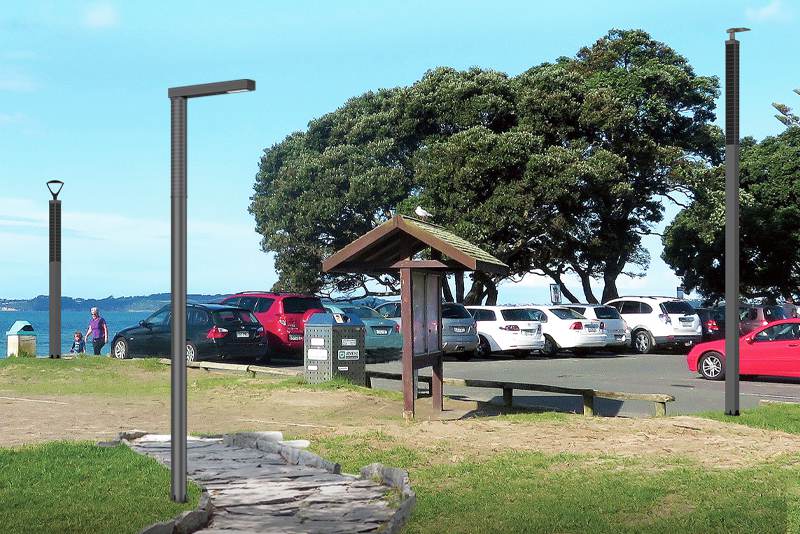
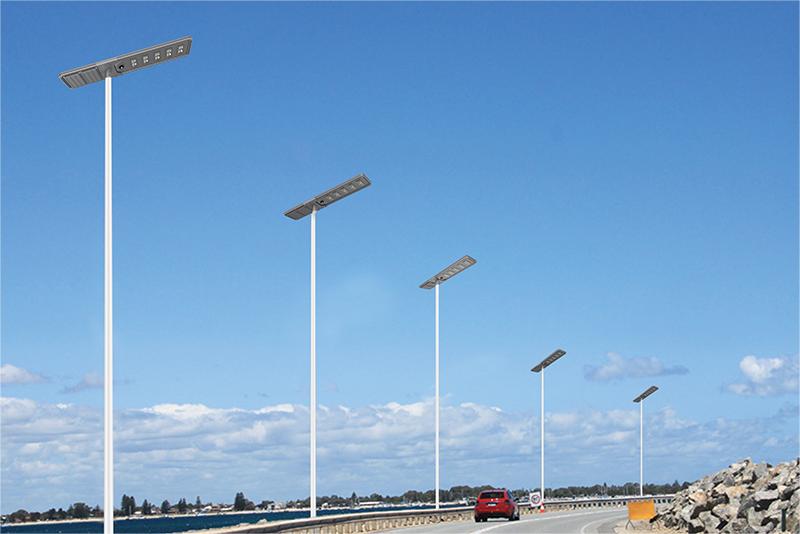
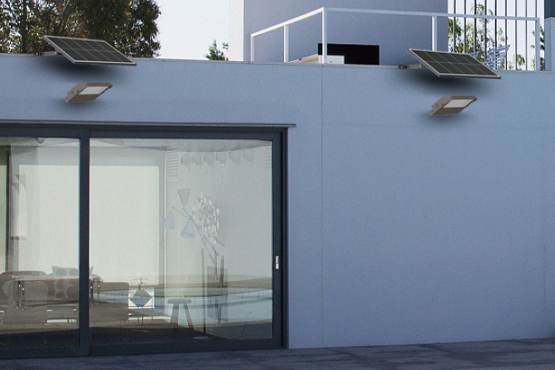
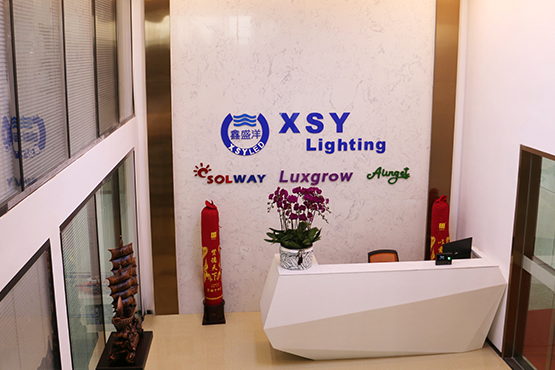
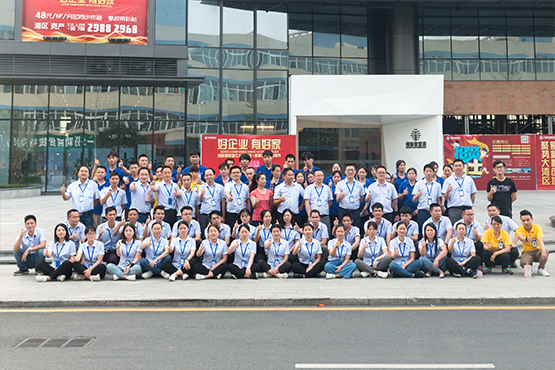

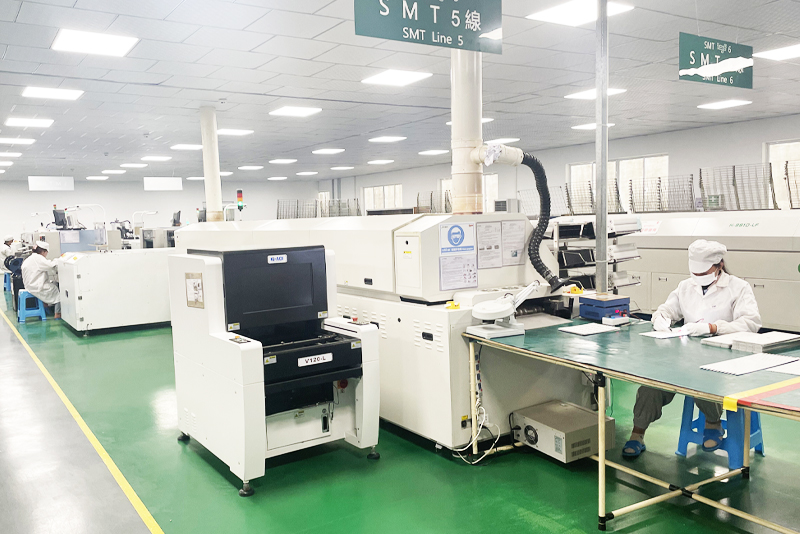
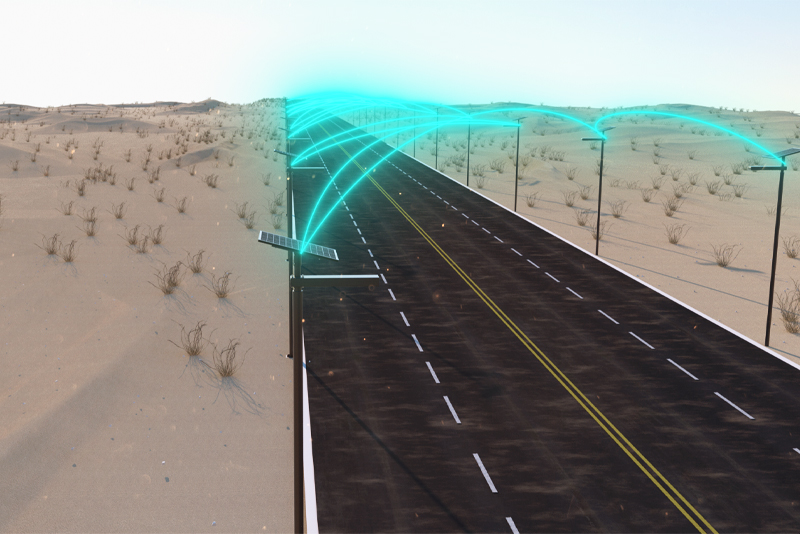
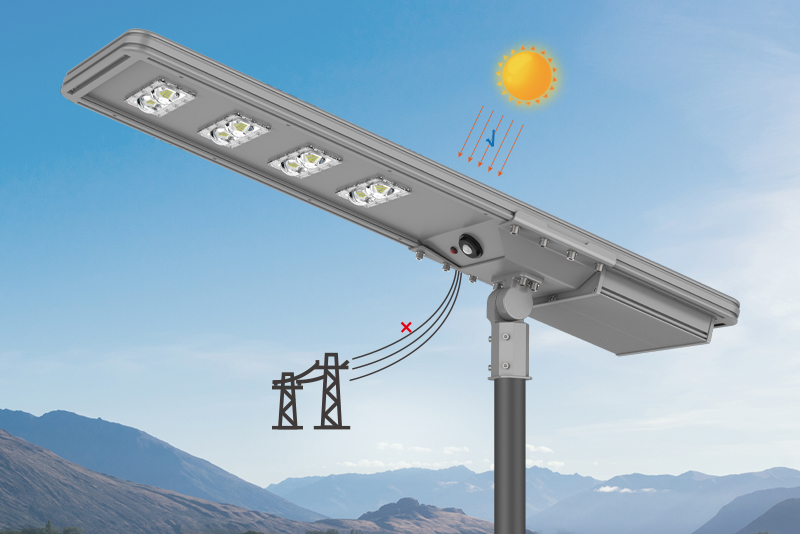
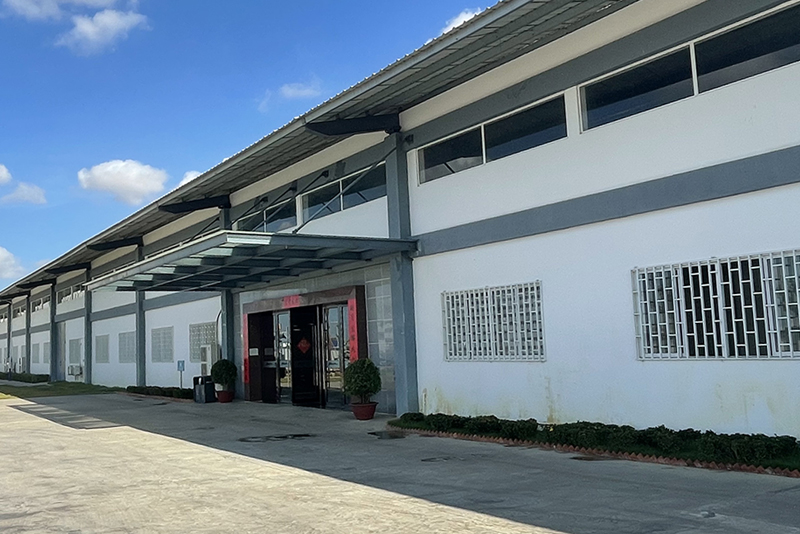
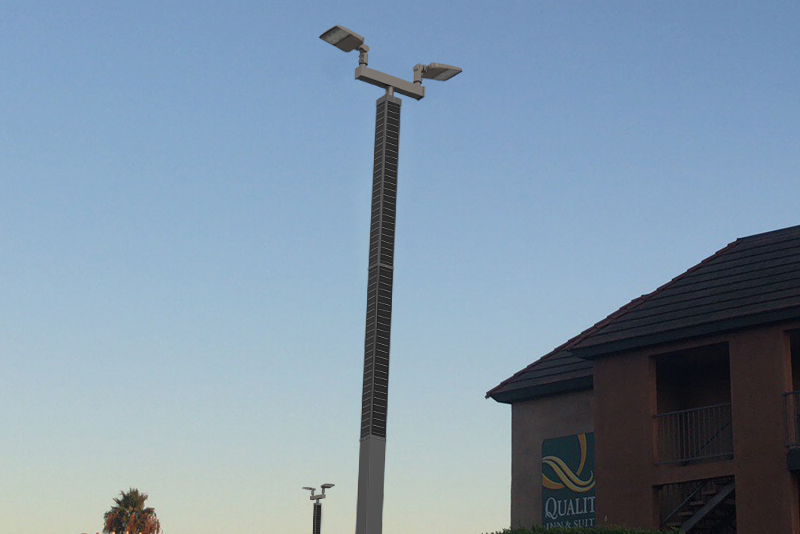
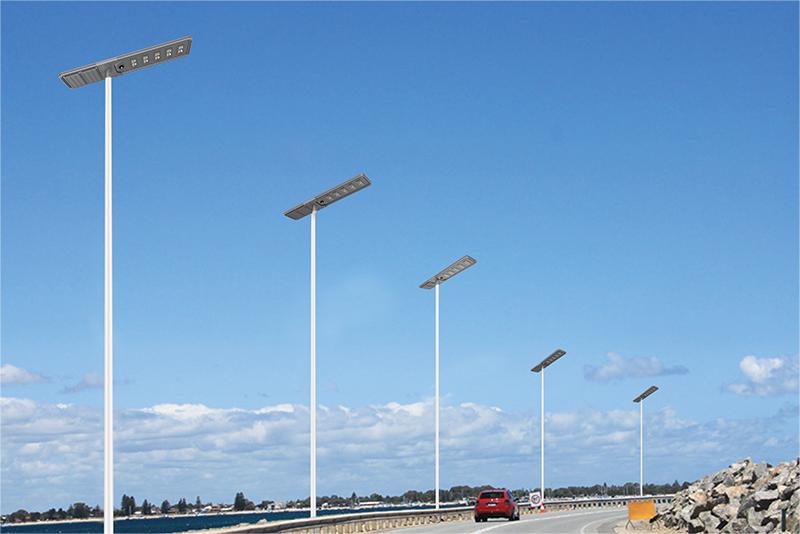
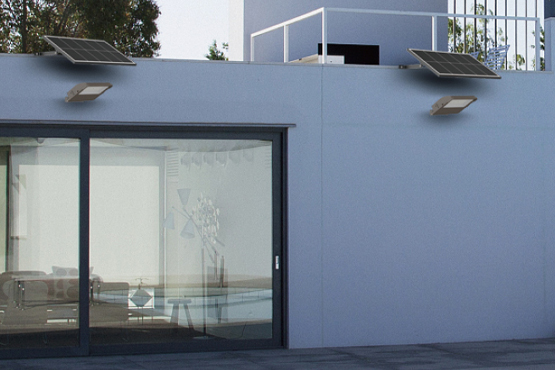




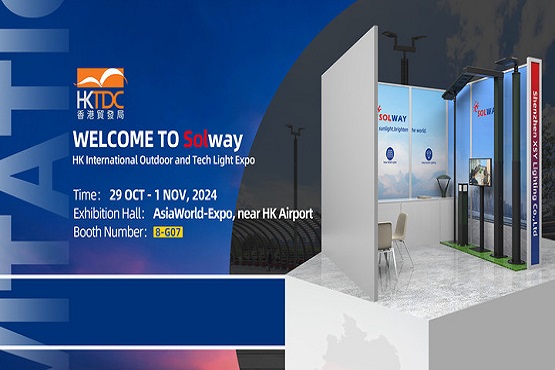

 English
English










 Scan WhatsApp
Scan WhatsApp Scan Wechat
Scan Wechat Consult Now
Consult Now





